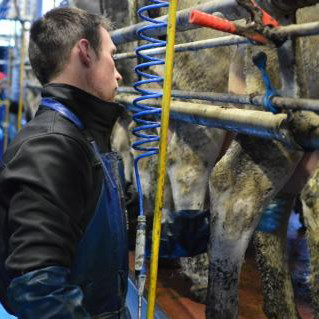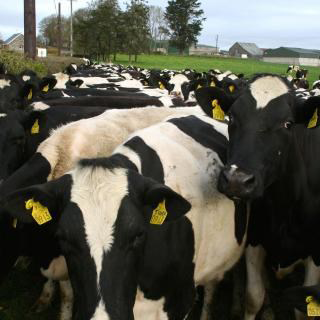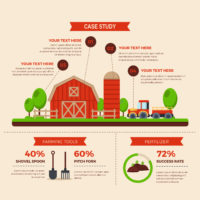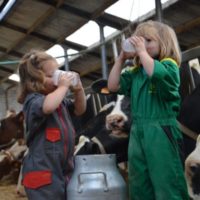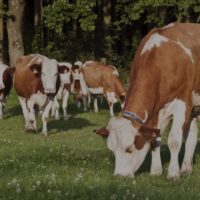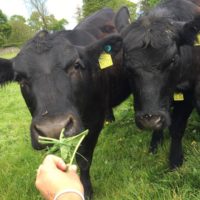Grazing with monocultures and mixtures
Description
- Grazing monoculture swards
- Reseed and graze monoculture swards to identify which varieties work best on the farm and to see the value of monocultures
- Growing more grass: some varieties good quality and palatable
- Identification of top performing varieties
- Identification and assessment of different grass varieties
- Economic results
- Discussion groups
- Produce more milk from grass by using top varieties of grass
Reason for the innovation
Produce more milk from grazed grass
- Measuring grass on Pasturebase Ireland
- Reseed and graze monoculture swards to identify which varieties work best on the farm and to see the value of monocultures
Farm description
Environment
- Soil type: Sandy-loam
- Climate type: Temperate Oceanic
- Altitude: Variation across the farm
- Slope: Variation across different paddocks
- Agricultural area (ha UAA): 190
- Average stocking rate (agriculture area) (LU/ha UAA): 2.8
Grassland management
- Grazing: Yes
- Grazing management type: Rotational grazing
Structure
- Annual work units (AWU): 3
- Number of cows (heads): 380
- Breed type 1: Fr
- Permanent grassland area (ha): 190
- Average stocking rate (agriculture area) (LU/ha UAA): 2.8
Animal performance
- Milk production per head (l/year/dairy animal): 5800l
- Grassland management type: Rotational
- Length of grazing period (month/year): 295
- Fertilization rate (kg N/ha): 235
Why it is working
- Growing more grass, some varieties are good quality and palatable
- Identification of top performing varieties
- Identification and assessment of different grass varieties
- Economic results
- Discussion groups
- Produce more milk off grass by using top varieties of grass
- Pasturebase Ireland
Additional information
| Farming system | conventional farming |
|---|---|
| Domains of innovation | forage mixture, grazing management system |
| Main types of animal | dairy cattle |
| Country | Ireland |
| Product type | Farmer portrait |
| Language | English |
